Coughing My pet seems to have a persistent cough. What caused it and what can I do about it?Coughing is one of the most common syndromes veterinarians all around the world encounter during consultations. Coughing in itself is not a disease, but a symptom of something else in your pet. The onset, type of cough, duration and production will help the vet to get to the bottom of what’s going on inside your pet. What is coughing?Coughing is an audible, forceful expelling of air from the lungs usually in an attempt to clear the airways. Forceful expulsion of air should follow forceful inhalation for the whole action to qualify as a cough. A cough is actually a protective reflex of the body, which signals the presence of an underlying condition. Coughing is generally classified into two main categories namely a wet/productive cough or a dry/non-productive cough. A wet cough is one in which there is an accompanying fluid or mucous discharge seen with each episode; while a dry cough has no discharge or fluid. |
PERIANAL FISTULA My dog has sores around his anus, which he is constantly licking. He also gets aggressive if I touch his tail and he seems uncomfortable and is just not himself. What's wrong?Perianal fistulas are an extremely painful medical condition of the anal region of dogs. As the name describes, this condition involves infection in the skin and surrounding tissue of the anus. ‘Peri’ means around, the anus, while a fistula is a tunnel in the skin that connects an area of infection to the skin or glands. This condition is characterised by very smelly draining sinus tracts in the skin around the anus and sometimes the deeper structures beneath the skin up to the rectum. |
Corneal Ulceration My pet's eye is half closed and there seems to be something in their eyeMy pet’s eye is half-closed and there seems to be something in their eye What is a corneal ulcer? |
Chronic diarrhoea in dogs and cats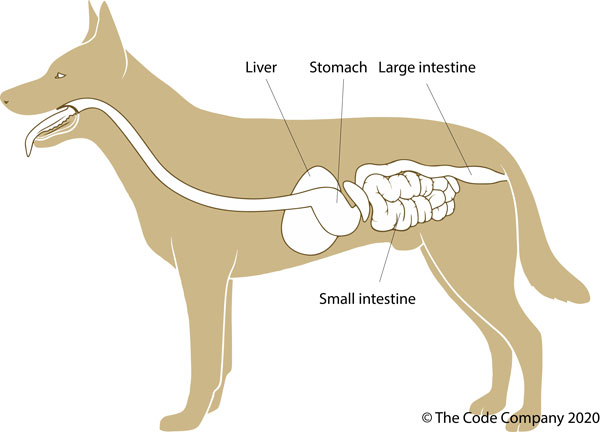 My pet has recurring episodes of loose stoolsWhat is chronic diarrhoea?Chronic refers to a disease that has been ongoing, either persistently or intermittently for three weeks or more. Whereas diarrhoea, as many of us can relate, is the passing of soft or loose stool. This stool is usually soft enough that it needs to be scraped up rather than picked up. It can range from the consistency of thick porridge to watery like soup. |
My pet has put on weight and is acting slow and lazy. His hair is falling out and he has recurring skin infections. He also seems cold all the time. What's going on?!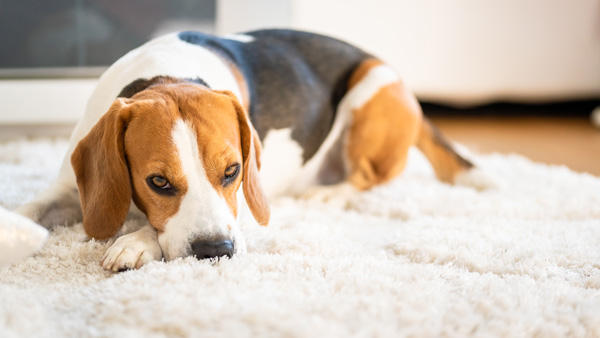 HypothyroidismWhat is hypothyroidism?As with humans, hypothyroidism is caused by low levels of thyroid hormone being produced by the thyroid gland, which is located on either side of the throat. Since the thyroid gland is part of the endocrine system, any decrease in thyroid hormone secretion has an effect on multiple systems in the body that rely on hormones to function properly – like the metabolism. |
Telemedicine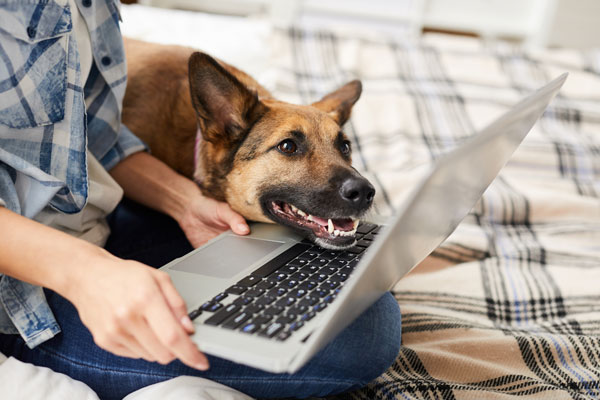 Zoom vs the zoomies: Should pet owners expect their vets to rely on telemedicine during and post-Covid-19?The Covid-19 pandemic has swept the world into unchartered waters. As humans and as veterinarians, we are trying to adapt to the ‘new abnormal’, which requires navigating between providing the best care to our animal patients and ensuring the safety of their humans – you – and our staff. One of the solutions available to vets, which has quickly gained traction in the human healthcare sphere, is telemedicine: providing healthcare via the internet. |
Is my dog ill?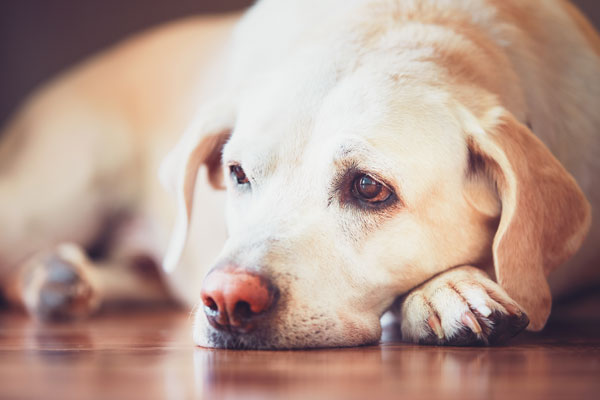 Common signs of illness in dogsThanks to the nationwide lockdown, we’ll all be spending the next three weeks in the constant company of our furry friends. As the days go by, you may notice some behaviours or signs in your dog that you haven’t noticed before and may wonder if these are cause for concern. This article will outline the most common signs of illness that you may notice in your dog. |
Is my cat ill? Common signs of illness in catsThanks to the nationwide lockdown, we’ll all be spending the next three weeks in the constant company of our furry friends. As the days go by you may start noticing some behaviours or signs in your cat that you haven’t noticed before and may wonder if these are cause for concern. This article will outline the most common signs of illness that you may notice in your cat. |
SEPARATION ANXIETY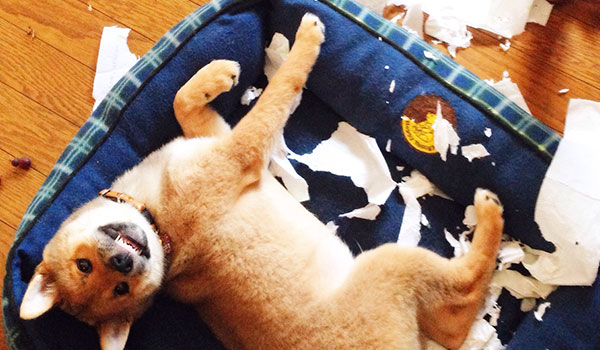 What it is, the symptoms, causes, diagnosis, treatments, and if it is preventable.What is separation anxiety?Separation anxiety is a state of distress experienced by a dog or a cat (for our purposes) upon anticipation and/or the realisation of having been left behind by (separated from) the owner and/or other household members (including other pets). It is a behavioural or physical response exhibited by the affected animal and also has a biochemical component at play. It is not uncommon to find pets suffering from separation anxiety who also experience other anxiety-related conditions such as phobias of thunderstorms, loud noises and fireworks. |
Making 2020 the best year ever for your pet 10 New Year's Resolutions for your PetAs we enter a new year and a new decade, many of us make New Year’s resolutions for ourselves. This a great time to reconsider one’s priorities and establish the foundation for better living habits. Why not do the same for our pets? 1. Make sure they are safeDepending on which part of the country you live, your surroundings may differ. These days in the big cities, most of us have high walls or fences around our properties. This is usually a great way of keeping unwanted intruders from coming into our personal spaces, but how does it affect our pets? Growing up behind large walls and being confined for most of their lives means that our pets are probably not street smart, at least not to the level of a few decades ago where most properties had no walls or fences around them. Many people these days have electronic gates controlled with remotes which allows one not to have to get out your car to physically open the gate when arriving home. Dogs are social creatures by nature and are also curious, which mean every time the gate opens, they are likely to be tempted to explore the outside and go and “take a sniff” on the pavement. If your dogs have been properly trained, they will likely respond to your calling them back into the property if they do run out. However, if they have not been properly trained, the likelihood of them running into the street and being hit by a car becomes a much bigger risk. Training can be high on your list of New Year’s resolutions for your dog, if you have not done so yet. If your dog is not properly trained yet, you will have to ensure there are means inside the property to prevent him or her from getting out the gate. This may take the form of physical barriers like a fence or alternatively may take the form of a correctional collar which the dog wears which emits a tiny electrical current any time the dog comes close to the motor gate, making them associate the vicinity of a motor gate with an unpleasant experience. This will prevent them from running out the gate. |